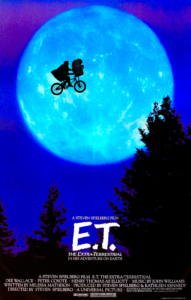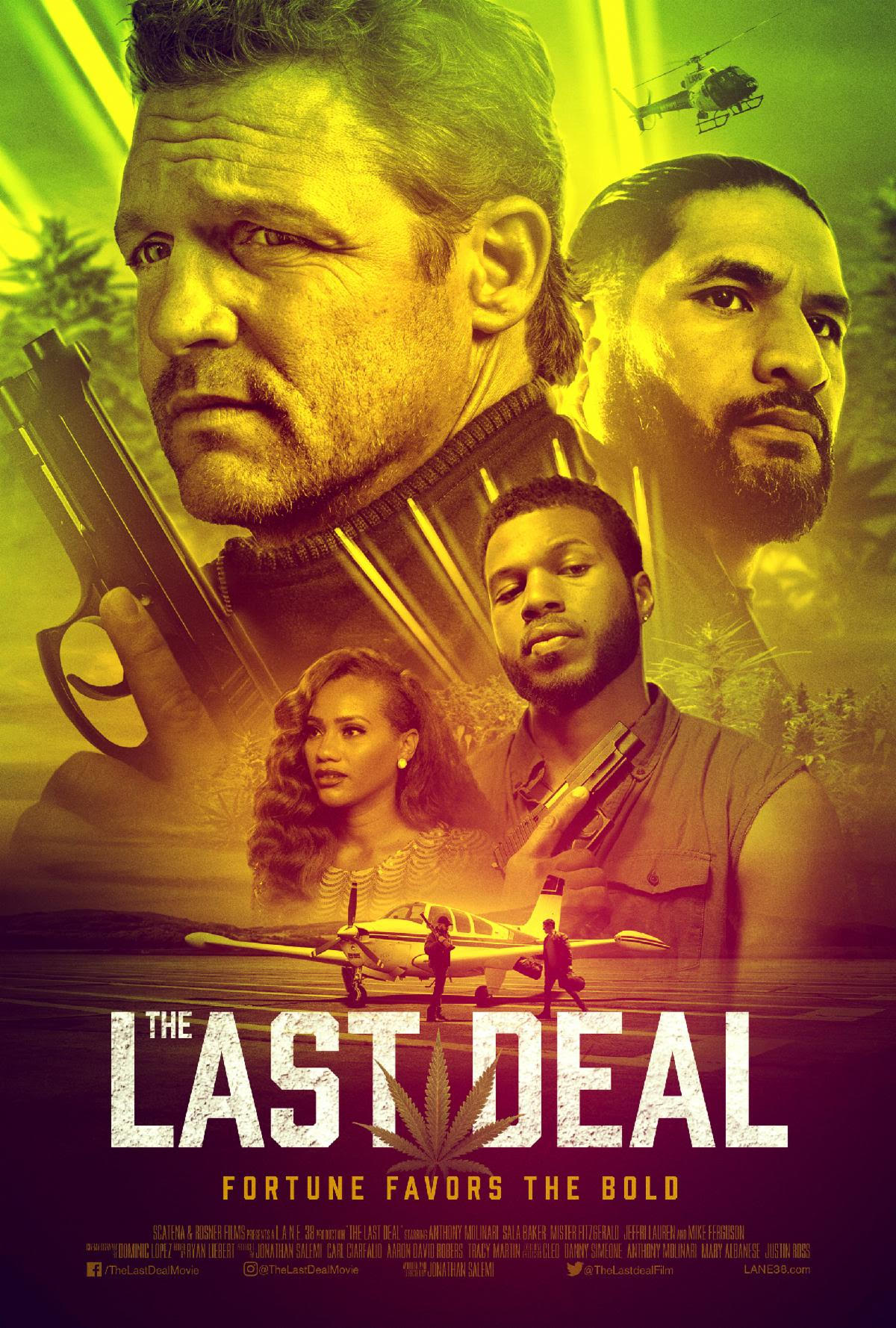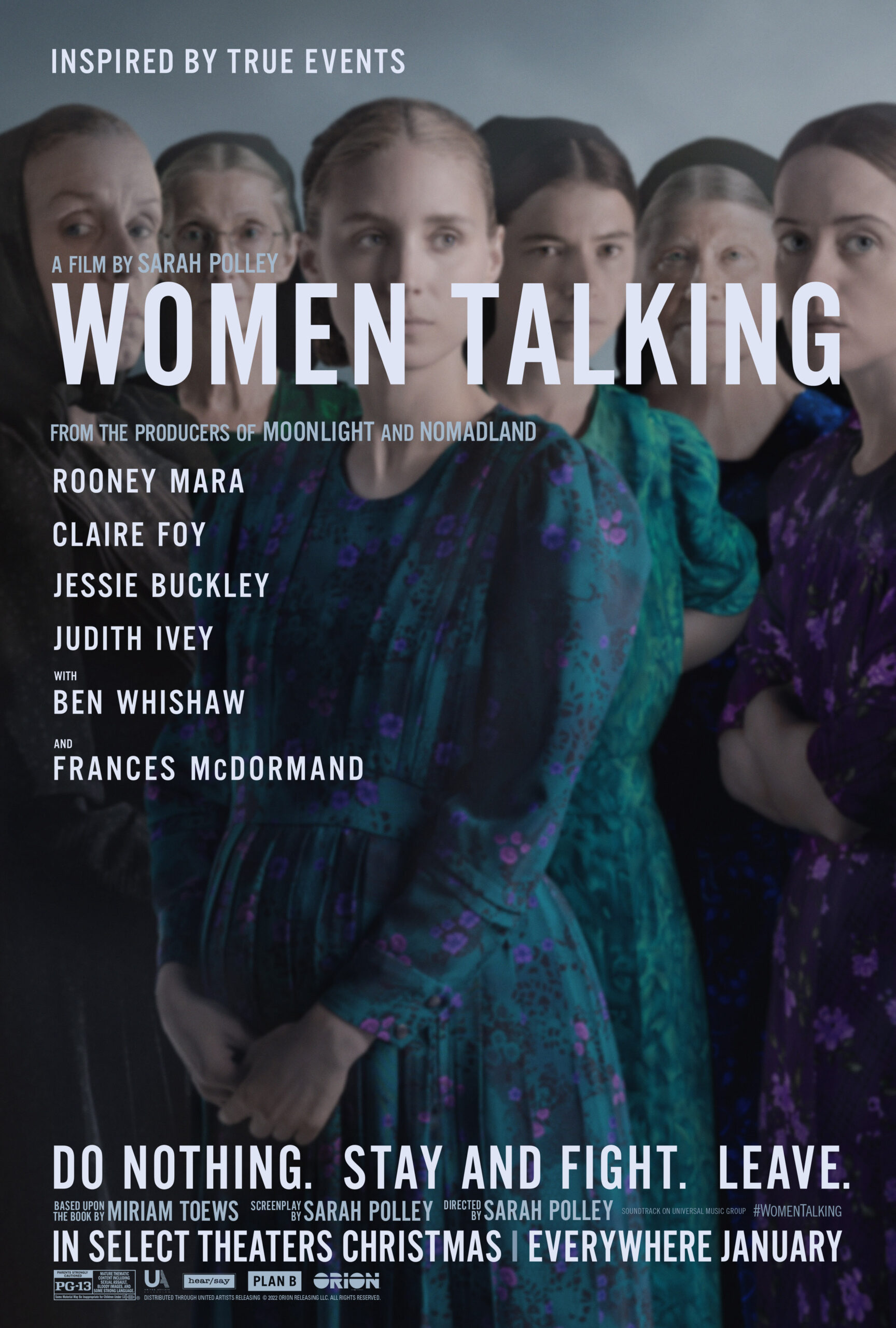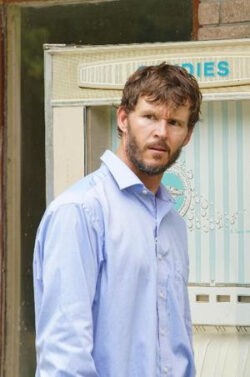Starring: Anthony Molinari, Sala Baker and Gigi Gustin
Directed by: Jonathan Salemi
Rated: R
Running Time: 91 minutes
Scatena & Rosner Films
Our score: 1.5 out of 5 Stars
Very rarely do I start a film and begin to wonder how long it’s been sitting on a shelf, whether it’s the finished project or just the mere concept of the film “The Last Deal” is about Vincent (Molinari), a black market marijuana dealer who goes from being the king of the street to just another cog in the machine when marijuana is legalized in California. Doesn’t this seem like the kind of film you’d hear about or see pre-pandemic?
“The Last Deal” opens with Vincent narrating the first 10-15 minutes so that we can understand his life and business. As to why we need Vincent to narrate what we’re already seeing or having it take that long is a telltale sign that the film is going to have a lot of head scratching narrative and storytelling choices. The issues that arrive in Vincent’s life is when he realizes that he can’t play the marijuana game legitimately. So before being squeezed out of the market he decides to make one final score with rotten money from a rotten person. That’s where things begin to take a nosedive for Vincent.
How do we know Vincent borrowed money from the wrong person? That person, in the credits, is named “The Boss” (Baker). He’s such a bad guy, supposedly, he has a henchman for when he plays poker, for when he enjoys a beverage on his patio outside and even a henchman that watches TV while “The Boss” messes around in another room. He also threatens to kill Vincent and everyone he knows when the money and drugs are suddenly stolen from Vincent. It’s not that the story or even the idea of the whole story is bad, it’s just executed poorly.
For one, we never really care about Vincent. At times he seems to lack a personality. I say that because the only time we get an inside view into his mind and life, he’s complaining about how difficult it is and how it lacks certain joys. He has a girlfriend and a place to live, but he doesn’t like living in an apartment and the relationship with his girlfriend is on the rocks; so much so that at multiple points in the film, Vincent seems to view her as an afterthought. I’m sure there is an intention to make it seem like his life is nothing but drug dealing or that he’s unable to see its beauty, but even in casual interactions, Vincent seems devoid of basic human emotion. The only time we see him emote is when one of his colleagues is murdered, but even that rare instance of emotion is brief. I would generally say it’s the acting, but when I think about Vincent as a character, he really is a one-dimensional creation.
When the film’s third act finally rolls up, you should know what’s going to happen because the story is very painted by numbers. There are several surprises, however, they feel more like plot convenience than anything. I really wanted to sit back and enjoy this film because the plot allows for that, but the film has too many noticeable issues for me to ignore and mindlessly enjoy. “The Last Deal” should be your last option when picking what to watch.
















